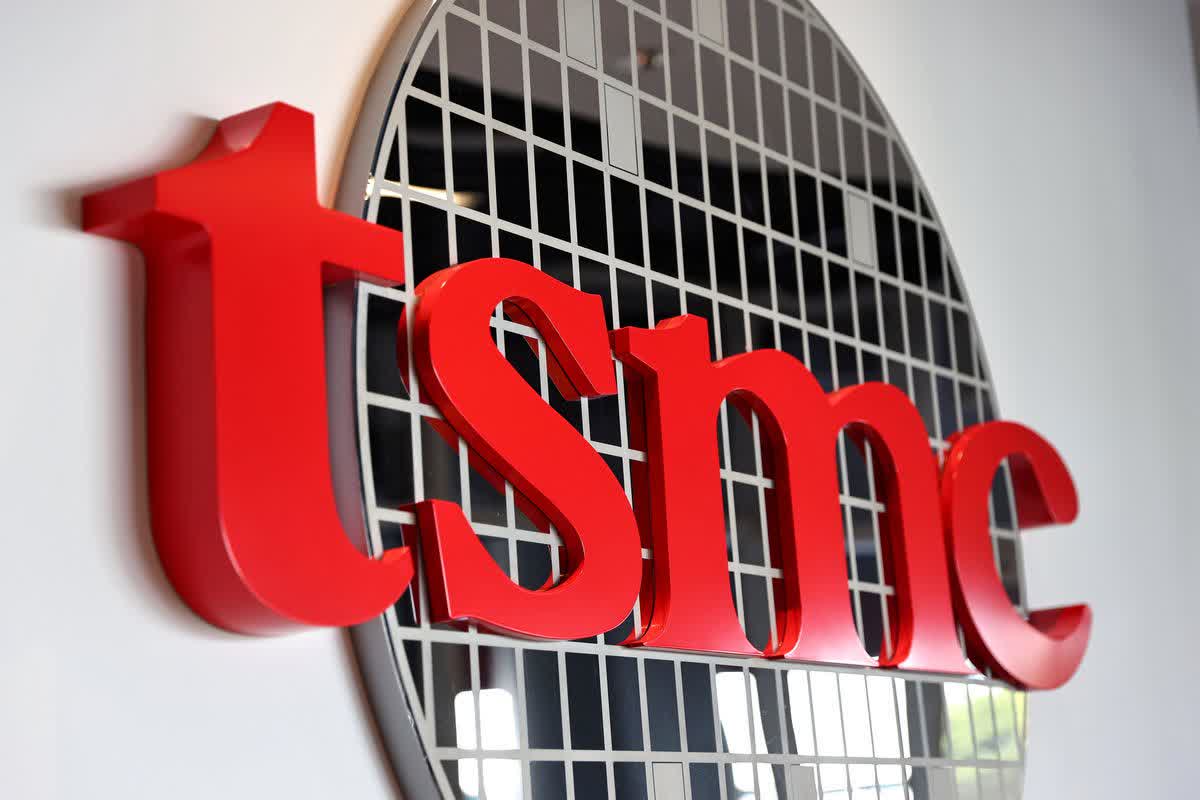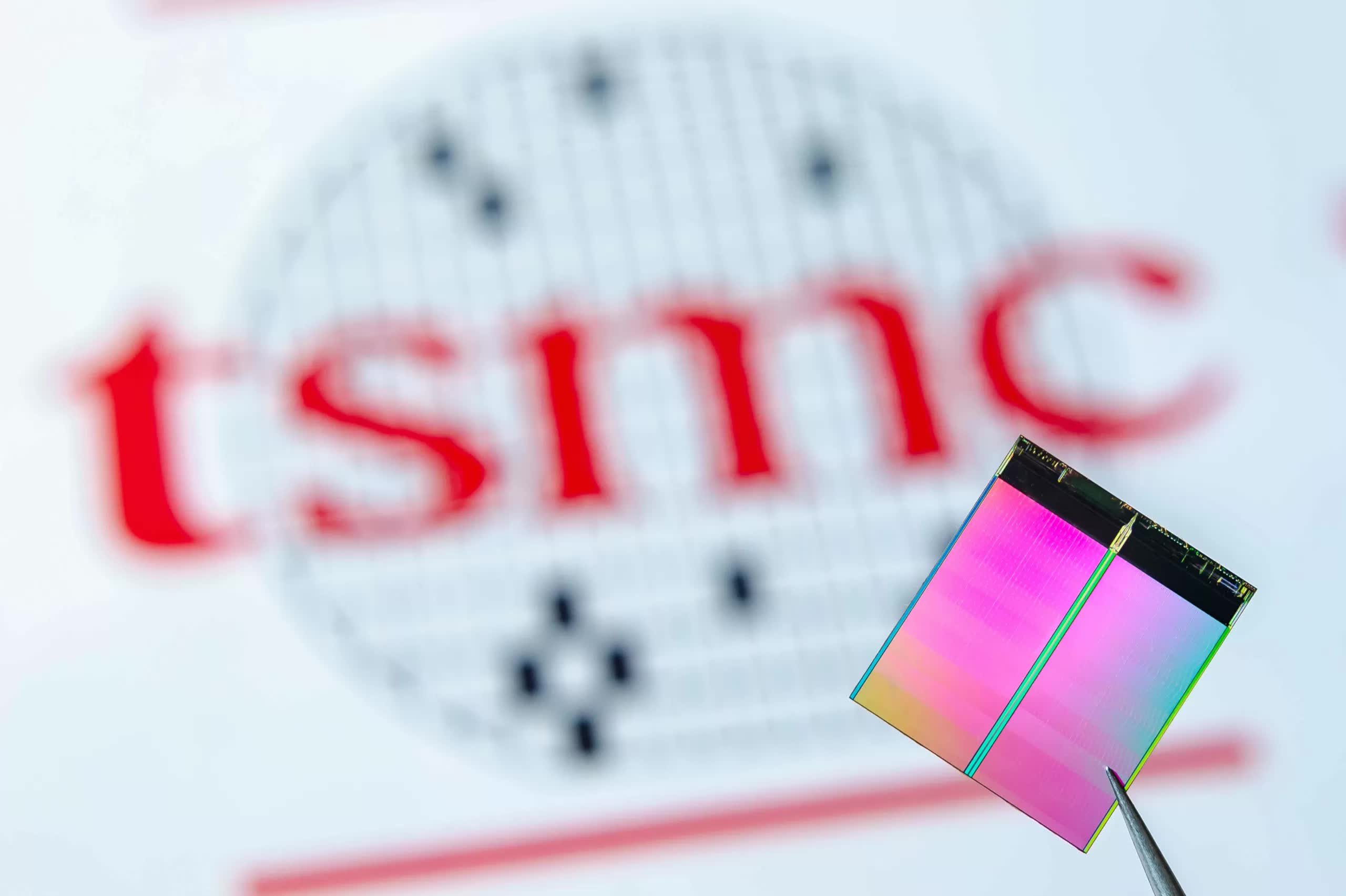In context: While everyone in the tech industry is already looking forward to CES at the beginning of January, TSMC has one more big announcement before the end of 2022. The start of 3nm semiconductor production comes as no big surprise, but the company's announcement might be a bid to calm geopolitical tensions.
Taiwanese news outlets are reporting that TSMC will hold a ceremony on December 29 to officially announce the launch of 3nm mass production. Apple will be the primary customer for the first two series of 3nm semiconductors from the Tainan Fab 18, which are expected to go into upcoming products like the iPhone 15.
TSMC will start the New Year with a limited-capacity N3 node process before moving to the more stable and efficient full-production N3E later in 2023, followed by N3P in 2024. That year, TSMC will bring its 2nm GAA process into trial production at a Hsinchu plant for mass production in 2025.
The announcement will likely dispel talk of poor yield rates for 3nm. It could also be an attempt to quell Chinese concerns about TSMC's perceived drift toward the west.
Must read: How did TSMC get so good?

The chip maker is set to invest $40 billion into two Arizona fabs which will start manufacturing 4nm semiconductors in 2024 and 3nm nodes later on. Chinese media reacted angrily to the development, accusing the US of tricking TSMC into the deal and stealing technology from "our Taiwan region." China claims authority over the self-governing island.
Celebrating the opening of the Tainan fab communicates that the company's bleeding-edge node development remains in Taiwan. In addition to the Hsinchu 2nm node, another TSMC facility in Taiwan is charting a course to 1nm, which could arrive before the decade closes.
Samsung began manufacturing 3nm semiconductors in June and is preparing a more energy-efficient 3nm node for 2024. The company's chips will be used in Nvidia graphics cards, Qualcomm mobile processors, IBM CPUs, and Baidu cloud server chips. Samsung is currently a distant number two, behind TSMC, in terms of global semiconductor market share.
Meanwhile, Intel is trying to catch up with its 20A "Ångström" node, planned for 2024. The company broke ground on a new Ohio facility in September which is expected to start up in 2025. Intel hopes its current roadmap will make it more competitive with Samsung and TSMC by then.
